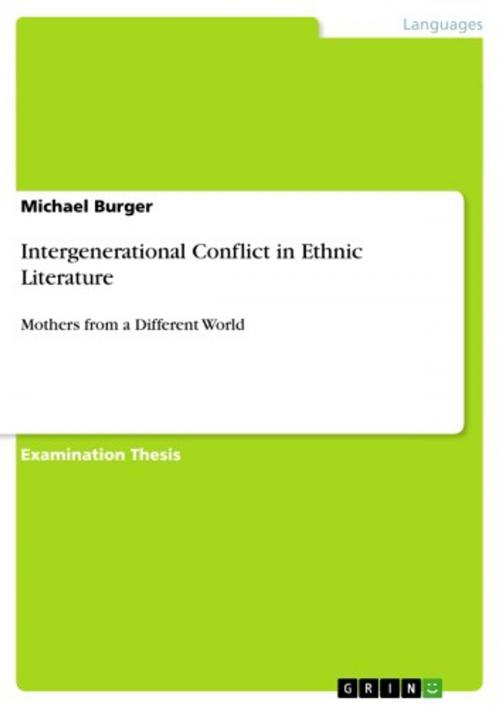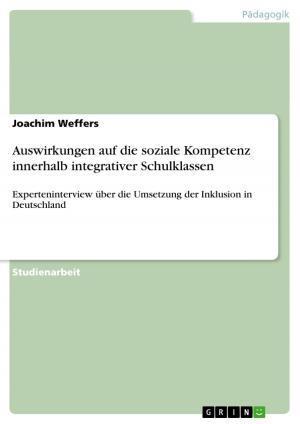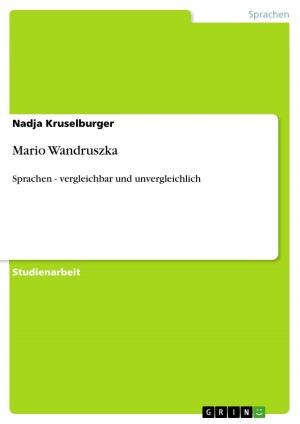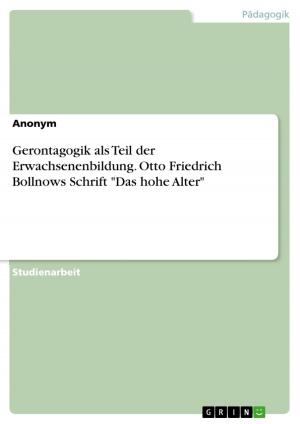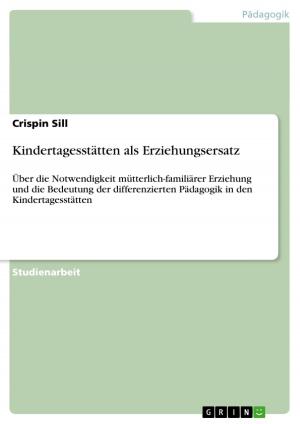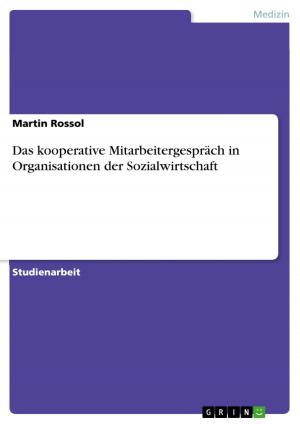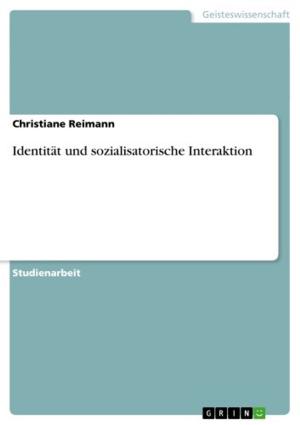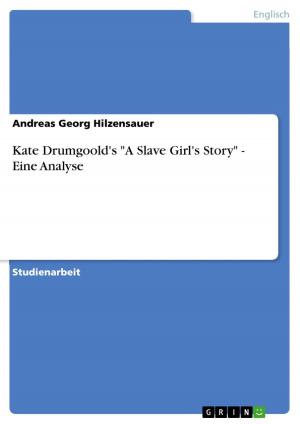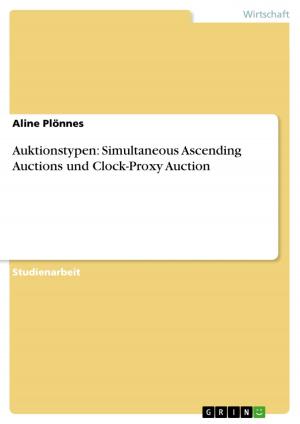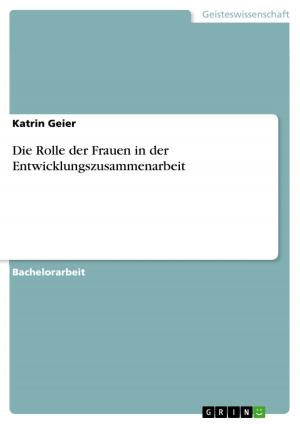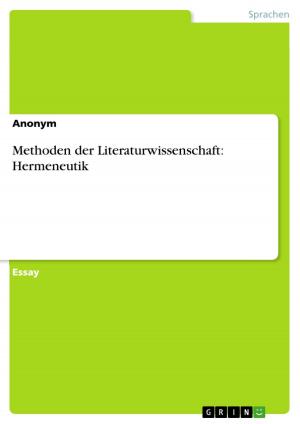Intergenerational Conflict in Ethnic Literature
Mothers from a Different World
Fiction & Literature, Literary Theory & Criticism, British| Author: | Michael Burger | ISBN: | 9783640952830 |
| Publisher: | GRIN Verlag | Publication: | July 7, 2011 |
| Imprint: | GRIN Verlag | Language: | English |
| Author: | Michael Burger |
| ISBN: | 9783640952830 |
| Publisher: | GRIN Verlag |
| Publication: | July 7, 2011 |
| Imprint: | GRIN Verlag |
| Language: | English |
Examination Thesis from the year 2011 in the subject English - Literature, Works, grade: 1,5, University of Augsburg (Neue Englische Literaturen und Kulturwissenschaft), course: New English Literatures, language: English, abstract: The relationship between a mother and her children has been a prominent topic in literature ever since the genre of written fiction has become popular in the past. Mother figures from Jocasta in the ancient Greek tragedy King Oedipus and Gertrude in the Shakespeare classic Hamlet to Norma Bates in the 20th century suspense novel Psycho, to name but a few, have thrilled the audience as well as given critics a diverse subject to deal with. One reason for this ongoing fascination over centuries of literary production may lie in the extraordinarily complex relationship structure which can be developed between a mere dyad of people who happen to be mother and child. Yet, another reason for the perpetual re-invention of the issue can be found in its apparent comprehensibility: every human being has a biological mother and gets socialized by at least one focal person of reference which enables them to relate to the fictional stories easily. The unique quality of mothers in this process - as plain as it sounds - still is their ability to bear children, and by this act to establish an irreplaceable link to another human being. In the twentieth century, the socio-anthropological development has created a myriad of new possibilities and demographic changes that consequently were to find their way into literature and even have created new genres. Due to 'significant shifts [...] in attitudes towards sexuality' (Allan 10), technological advance, and demographic changes, a whole new range of potential life-styles has evolved since the end of World War II. This involved deconstruction of a traditional middle-class myth, namely the breaking up of the nuclear family's near-monopoly position has ultimately led to an 'increasing diversity occurring in family and household patterns' (Allan 10). Consequently, issues like working mothers, single-parent families, step-families, or same-sex couples adopting children have also enriched literary production of the past fifty years. Additionally to this, the increase of migration to the western industrialized societies has caused a development of a wider ethnic diversity than before the turn of the century. Especially in the United States of America this influx of new potential authors became the cornerstone of a prolific process which has been producing works apart from American mainstream literature and still continues to do so.[...]
Examination Thesis from the year 2011 in the subject English - Literature, Works, grade: 1,5, University of Augsburg (Neue Englische Literaturen und Kulturwissenschaft), course: New English Literatures, language: English, abstract: The relationship between a mother and her children has been a prominent topic in literature ever since the genre of written fiction has become popular in the past. Mother figures from Jocasta in the ancient Greek tragedy King Oedipus and Gertrude in the Shakespeare classic Hamlet to Norma Bates in the 20th century suspense novel Psycho, to name but a few, have thrilled the audience as well as given critics a diverse subject to deal with. One reason for this ongoing fascination over centuries of literary production may lie in the extraordinarily complex relationship structure which can be developed between a mere dyad of people who happen to be mother and child. Yet, another reason for the perpetual re-invention of the issue can be found in its apparent comprehensibility: every human being has a biological mother and gets socialized by at least one focal person of reference which enables them to relate to the fictional stories easily. The unique quality of mothers in this process - as plain as it sounds - still is their ability to bear children, and by this act to establish an irreplaceable link to another human being. In the twentieth century, the socio-anthropological development has created a myriad of new possibilities and demographic changes that consequently were to find their way into literature and even have created new genres. Due to 'significant shifts [...] in attitudes towards sexuality' (Allan 10), technological advance, and demographic changes, a whole new range of potential life-styles has evolved since the end of World War II. This involved deconstruction of a traditional middle-class myth, namely the breaking up of the nuclear family's near-monopoly position has ultimately led to an 'increasing diversity occurring in family and household patterns' (Allan 10). Consequently, issues like working mothers, single-parent families, step-families, or same-sex couples adopting children have also enriched literary production of the past fifty years. Additionally to this, the increase of migration to the western industrialized societies has caused a development of a wider ethnic diversity than before the turn of the century. Especially in the United States of America this influx of new potential authors became the cornerstone of a prolific process which has been producing works apart from American mainstream literature and still continues to do so.[...]
